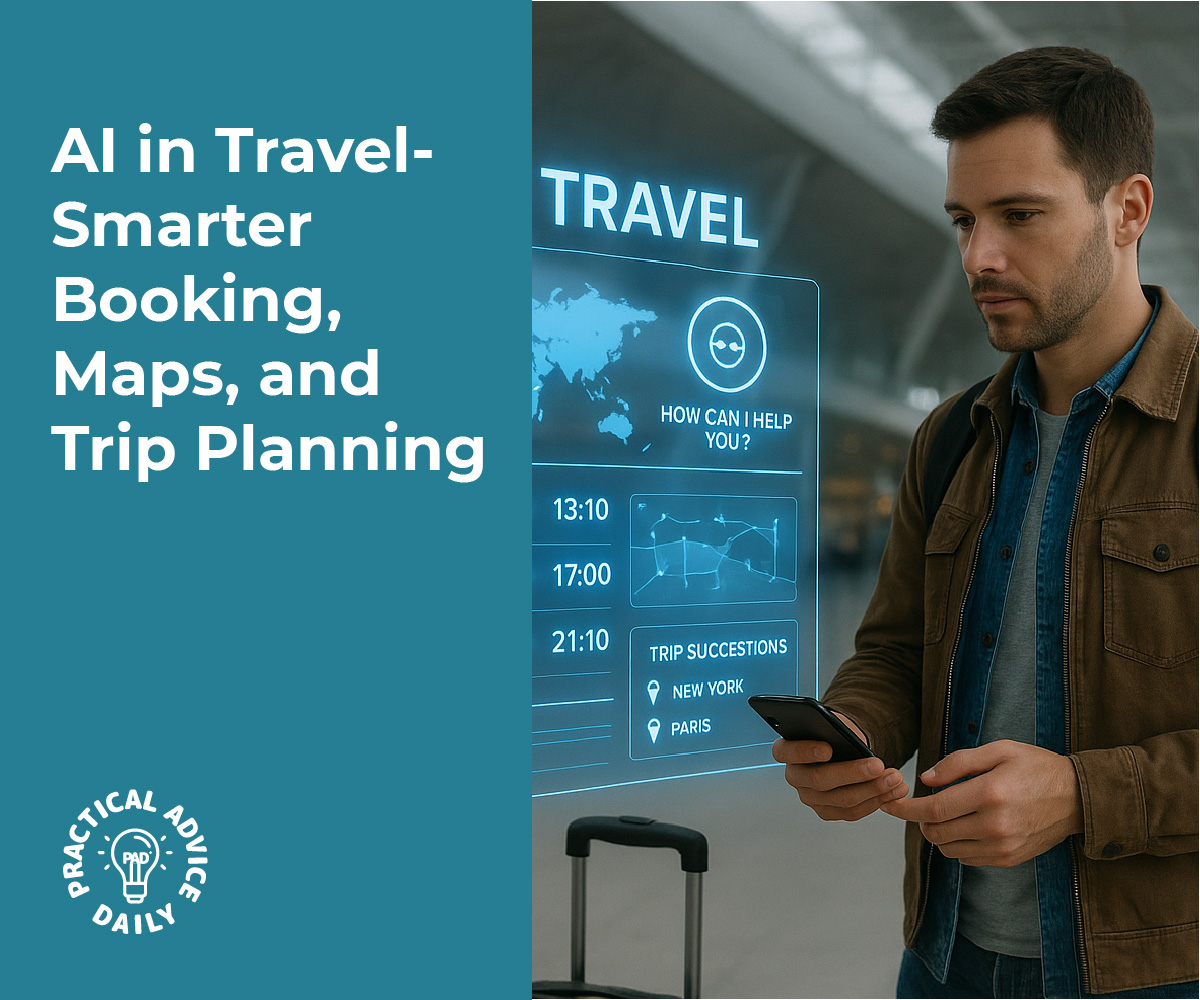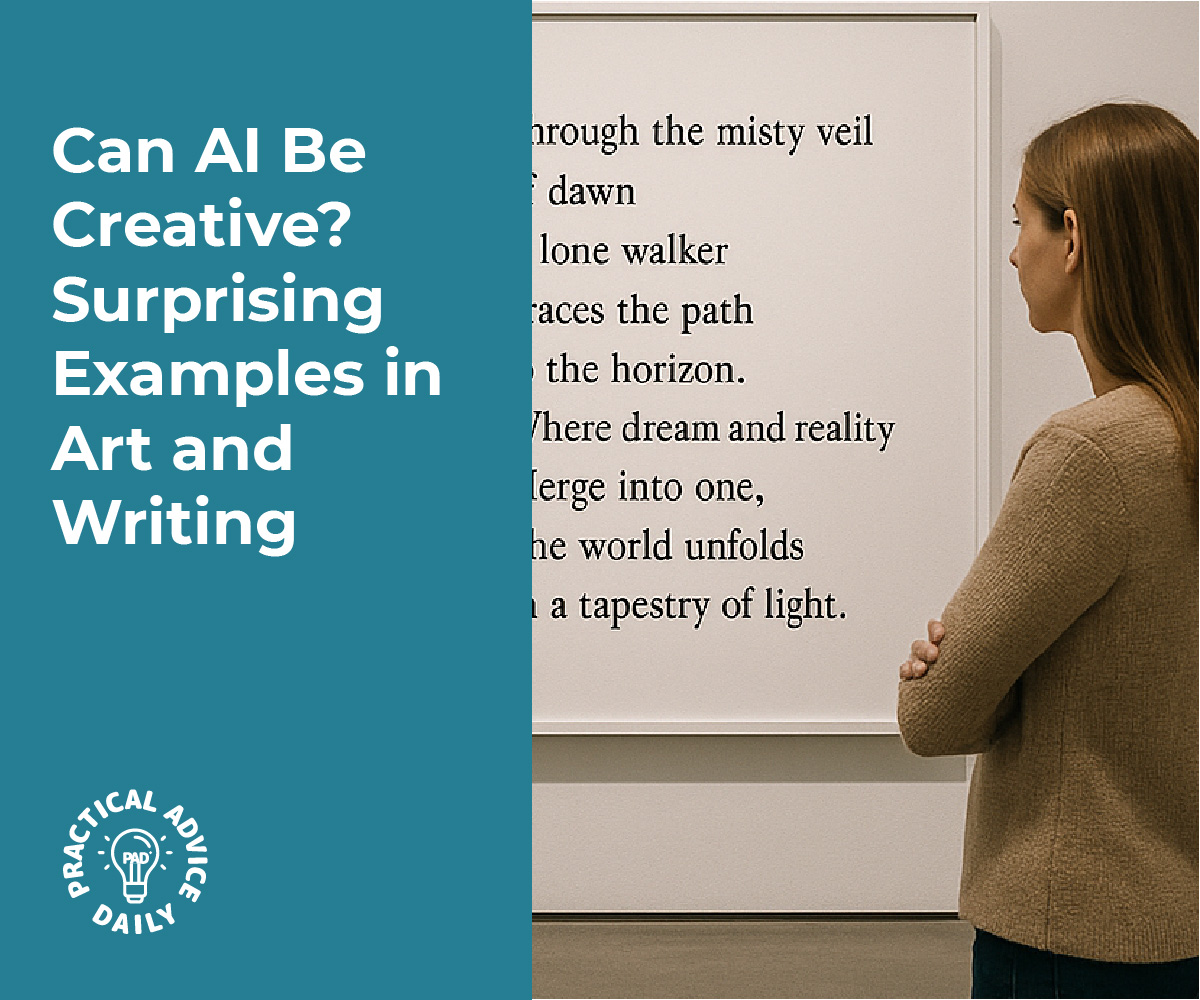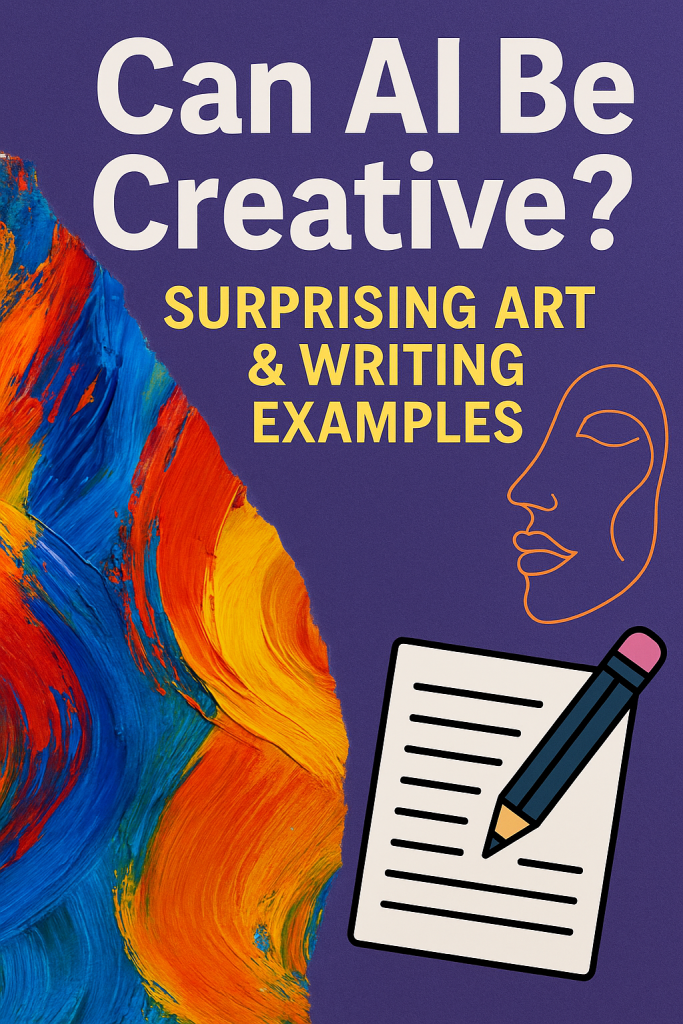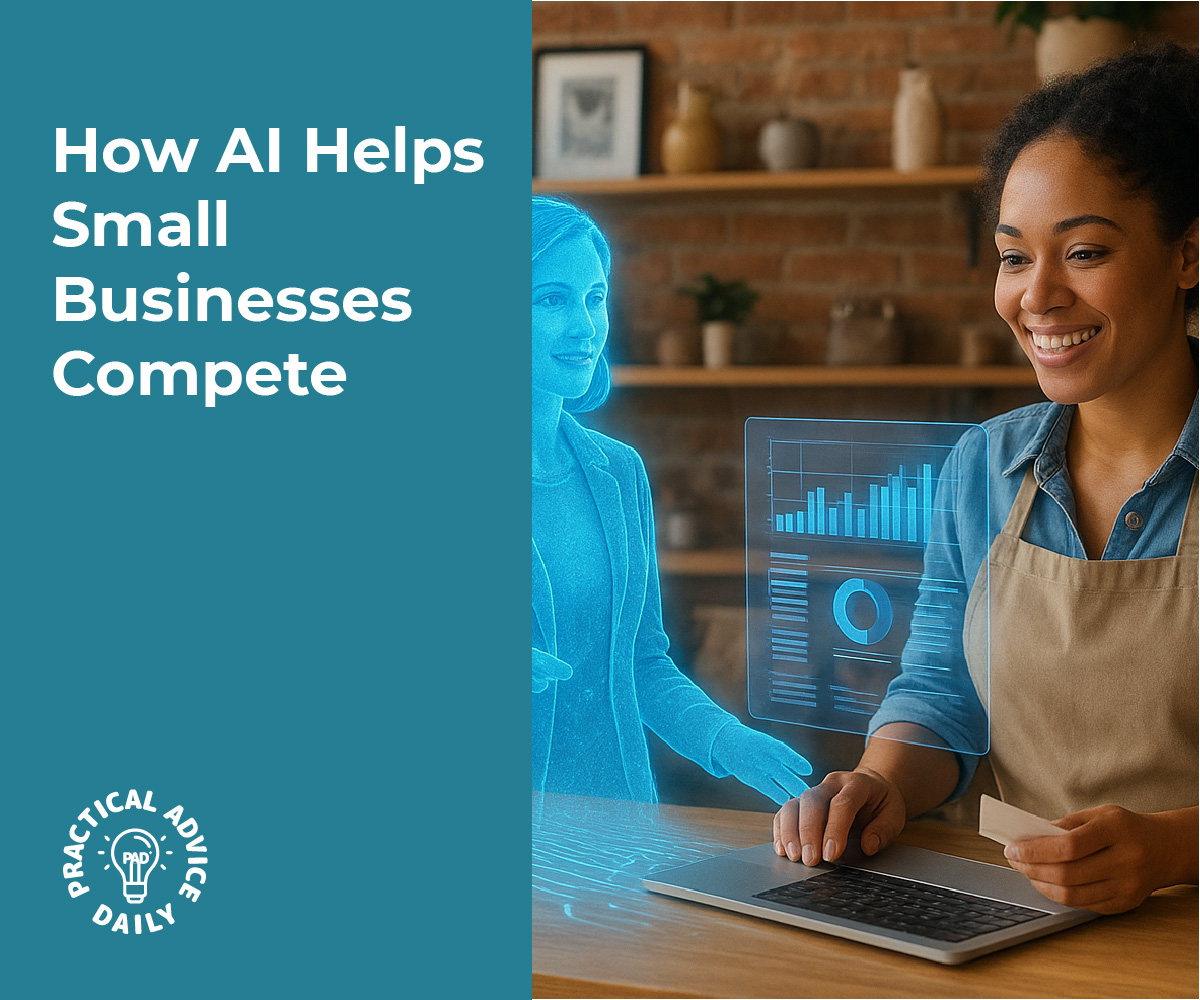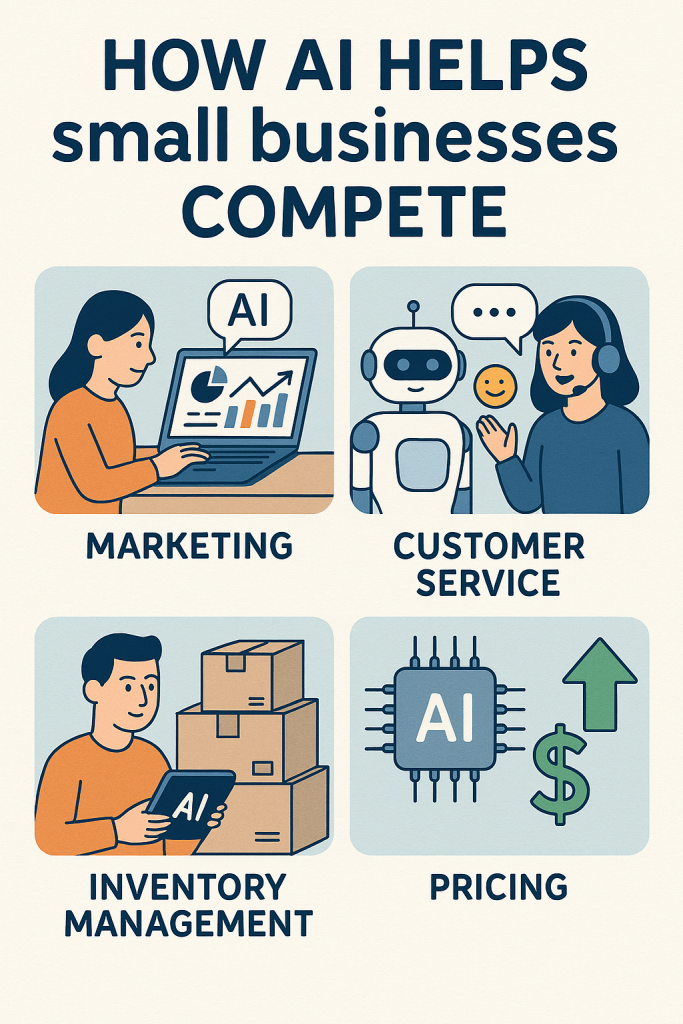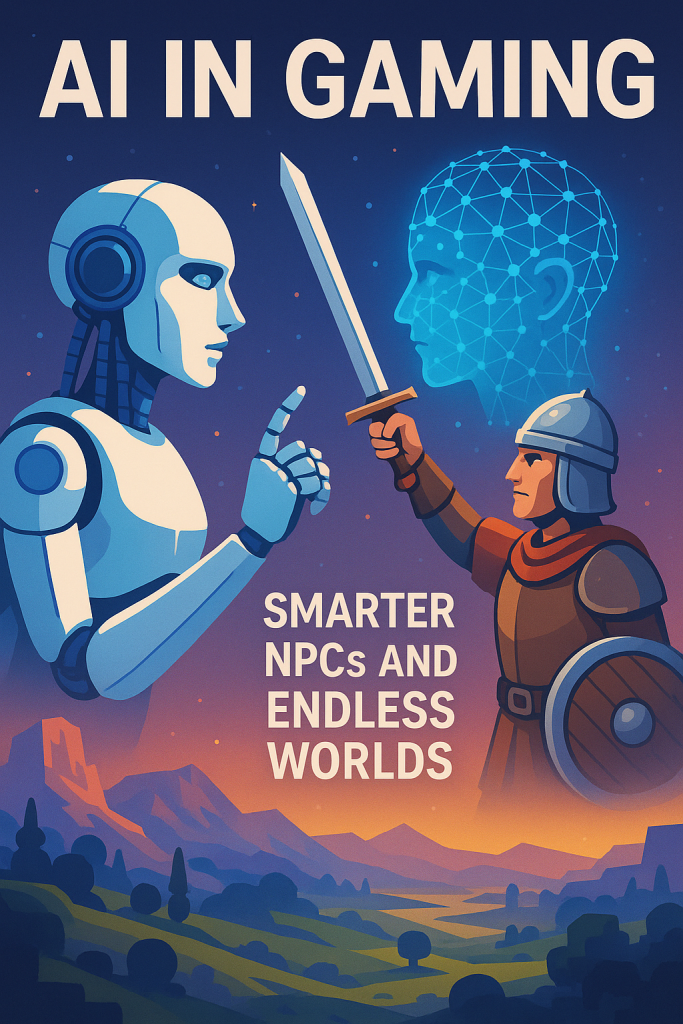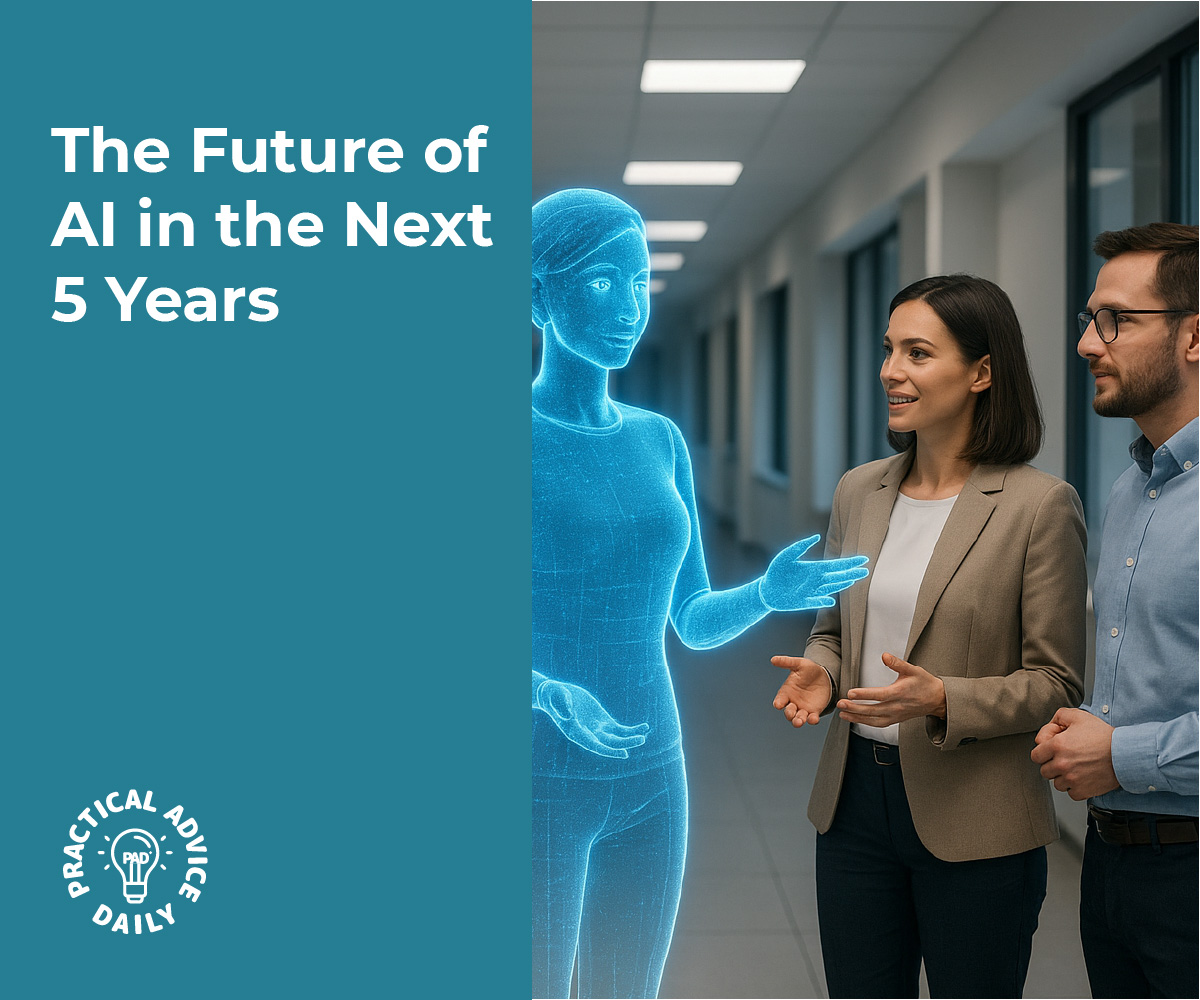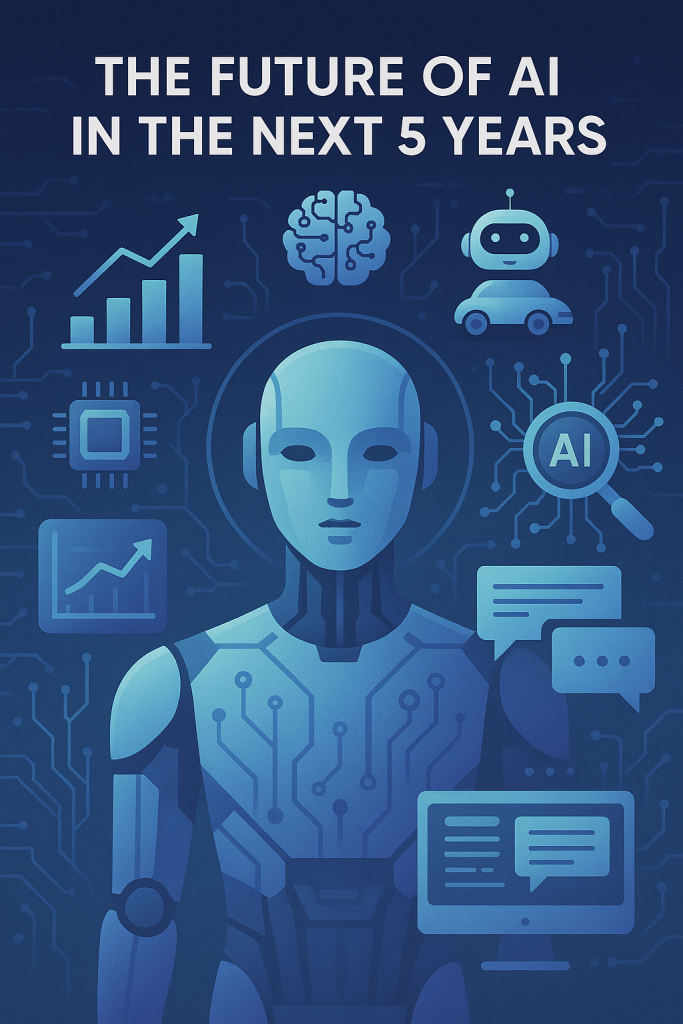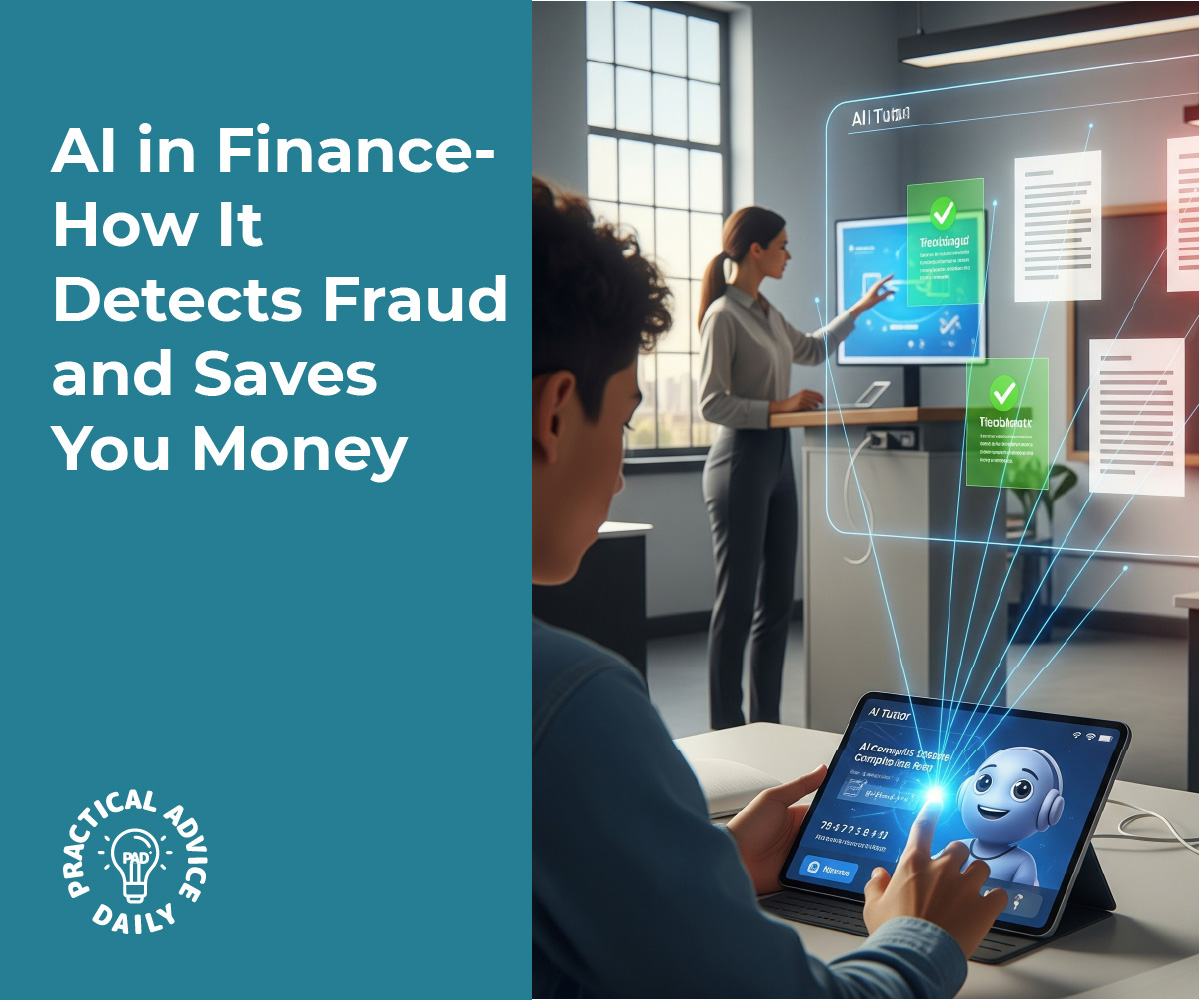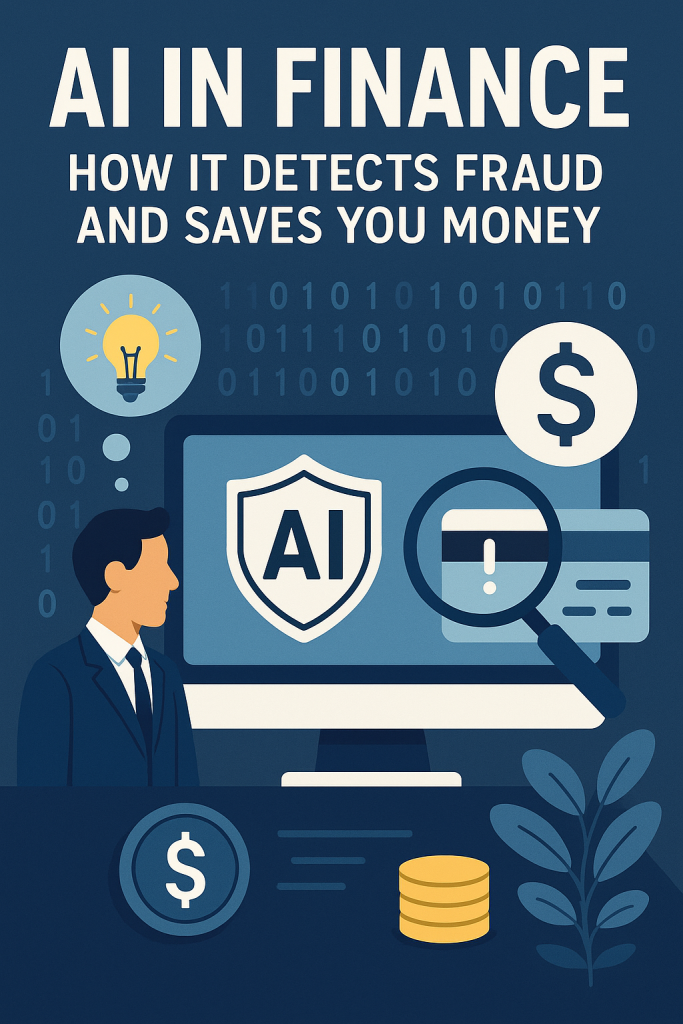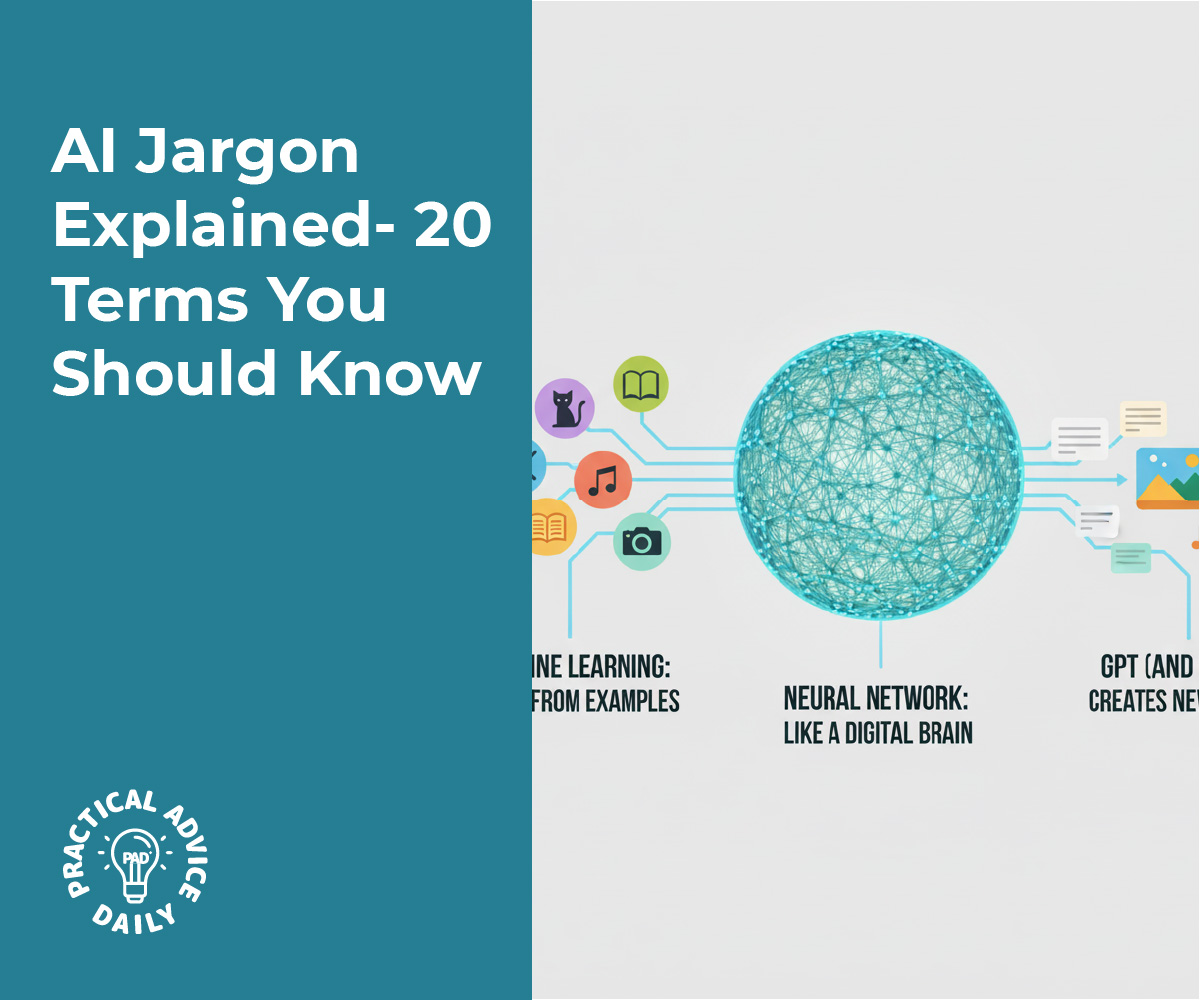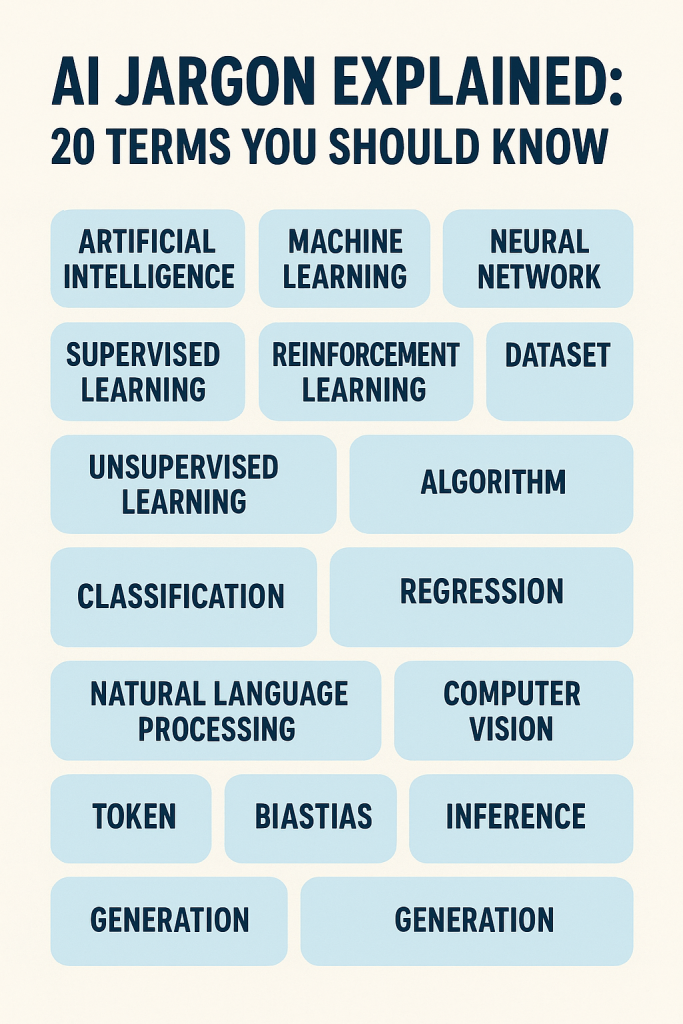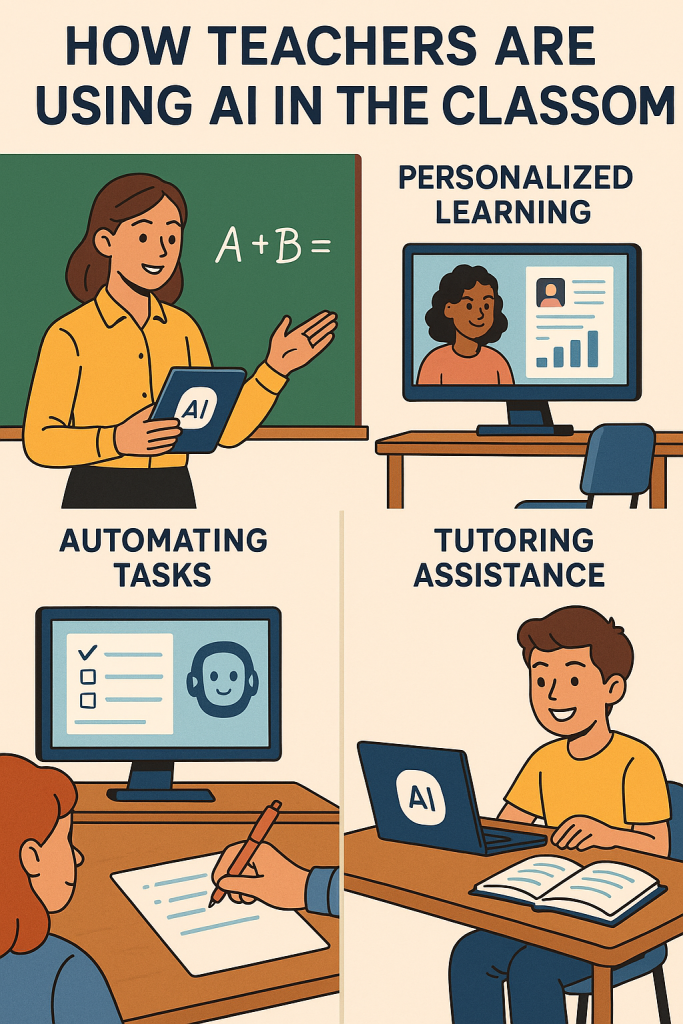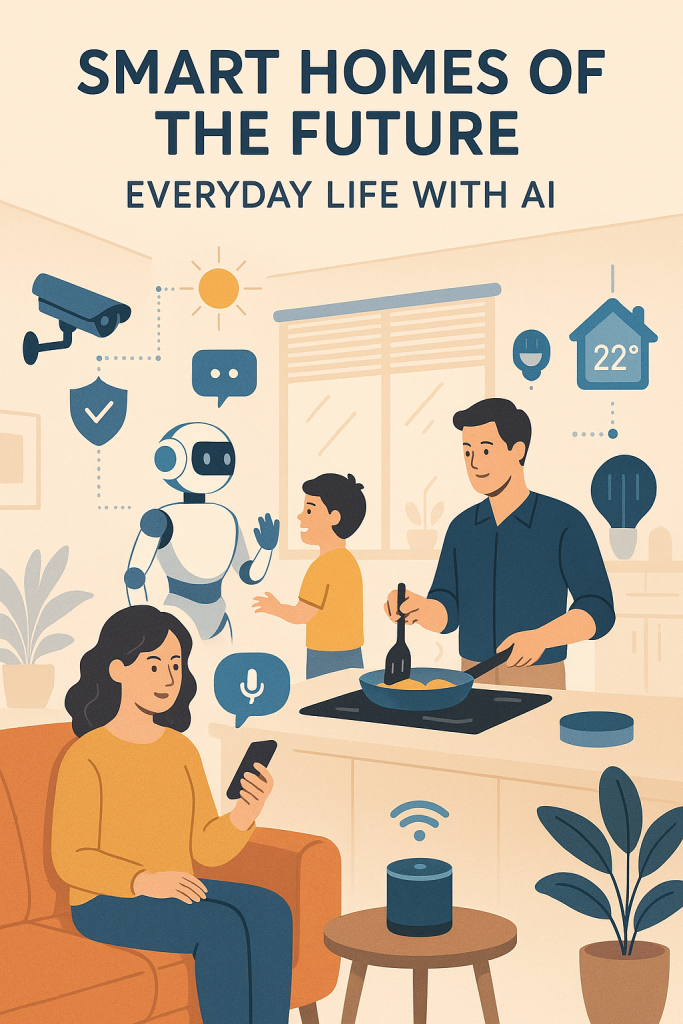Travel has always been exciting, but it can also be stressful. From finding affordable flights to figuring out how to get around a new city, planning can feel overwhelming. The good news is that artificial intelligence (AI) is making travel easier than ever. Whether you are booking a flight, using Google Maps, or planning a full vacation, AI can help simplify decisions and personalize your journey.
This guide will walk you through how AI is shaping travel today, in simple terms. You will learn how to take advantage of these tools yourself, even if you are not very tech-savvy.
Table of Contents
Key Takeaways
- AI helps find cheaper and smarter flight options by comparing millions of choices quickly.
- Google Maps uses AI to provide real-time traffic, walking routes, and even public transport updates.
- Personalized trip planning tools suggest activities, hotels, and itineraries based on your preferences.
- You can try many of these tools for free on your phone or computer.
- Using AI in travel can save time, reduce stress, and make your trips more enjoyable.
Smarter Flight Booking with AI
One of the biggest challenges in travel is finding the right flight. Prices can change quickly, and it is easy to feel unsure about when to book. AI-powered flight search engines, like Google Flights, Skyscanner, or Hopper, make this easier.
How it works:
- AI scans thousands of flight options in seconds.
- It predicts price changes, telling you whether to book now or wait.
- Some apps send notifications when prices drop.
Example:
Imagine you want to visit Paris. You search on Google Flights, and it shows not only the cheapest tickets but also predictions like “Prices are unlikely to drop in the next week.” This helps you book with confidence instead of guessing.
Try it yourself:
- Go to Google Flights.
- Type in your departure city and destination.
- Look at the calendar view to see the cheapest dates to fly.
- Set up a price alert to get an email if the price changes.
Smarter Maps with AI
Getting around in a new place can be stressful, but AI-powered maps take away much of the guesswork. Google Maps, Apple Maps, and Waze all use AI to provide real-time navigation.
What AI adds to maps:
- Traffic predictions so you know the fastest route.
- Walking and biking directions that adapt to your speed.
- Public transit schedules with live updates on delays.
- Indoor maps for airports, malls, and big train stations.
Example:
Let’s say you are in Rome. You open Google Maps to get from your hotel to the Colosseum. AI checks the traffic and shows whether a bus, subway, or walking will be fastest right now. It even tells you how crowded the bus might be.
Try it yourself:
- Open Google Maps on your phone.
- Search for a nearby destination.
- Tap on “Directions” and compare driving, walking, and public transit options.
- Check the “Live” features to see real-time conditions.
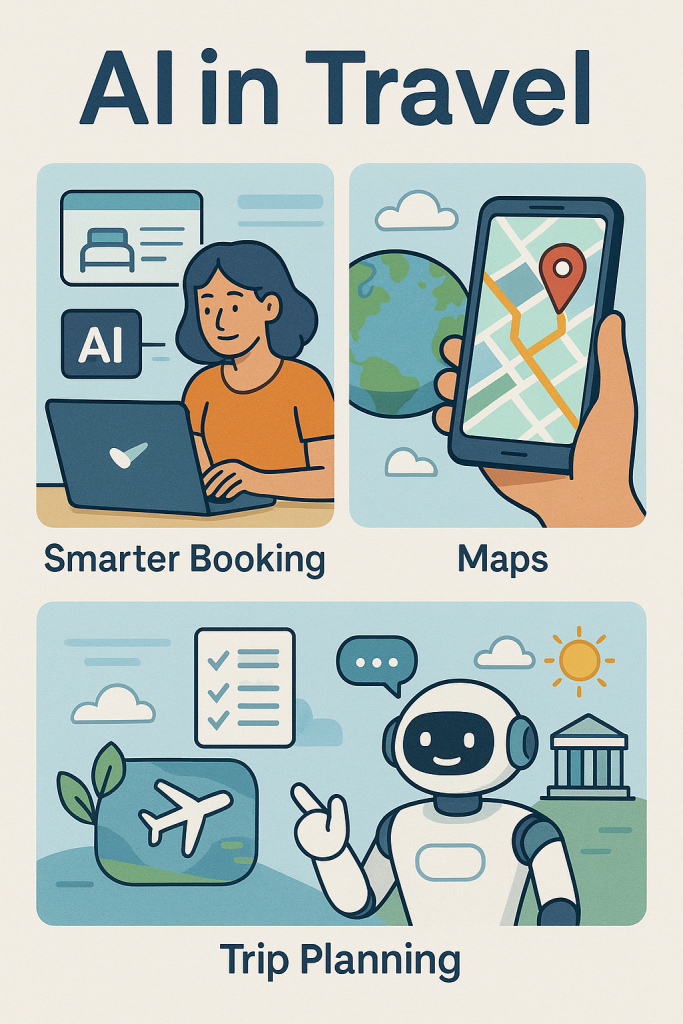
Personalized Trip Planning with AI
Planning a trip involves more than flights and maps. Where should you stay? What should you see? This is where AI-powered planning apps can help.
Websites and apps like TripIt, Roam Around, and GuideGeek use AI to create personalized itineraries.
How they help:
- AI looks at your interests, such as museums, nature, or food.
- It creates daily schedules, suggesting attractions and restaurants.
- Some tools even book activities for you.
Example:
If you tell an AI travel planner that you enjoy art and food, it might suggest a morning at the Louvre, lunch at a nearby café, and a walking tour through Paris’s Latin Quarter.
Try it yourself:
- Visit a site like TripIt or Roam Around.
- Enter your destination and travel dates.
- Add details about your interests.
- Explore the personalized itinerary it generates.
Real-Life Benefits of AI in Travel
Here are some simple ways AI makes trips smoother:
- Less stress: No more flipping between dozens of websites.
- Money saved: AI finds the best deals and avoids hidden costs.
- Time saved: Quick recommendations mean you spend less time planning.
- Confidence: You feel prepared with real-time updates and tips.
Final Thoughts
Traveling should be fun, not stressful. With AI tools, you can book smarter flights, navigate with ease, and enjoy trips planned around your own interests. The best part is that many of these tools are free and easy to use on your phone or computer.
Next time you plan a vacation, try using one or two of these AI-powered services. You may be surprised at how much simpler and more enjoyable travel can become.
